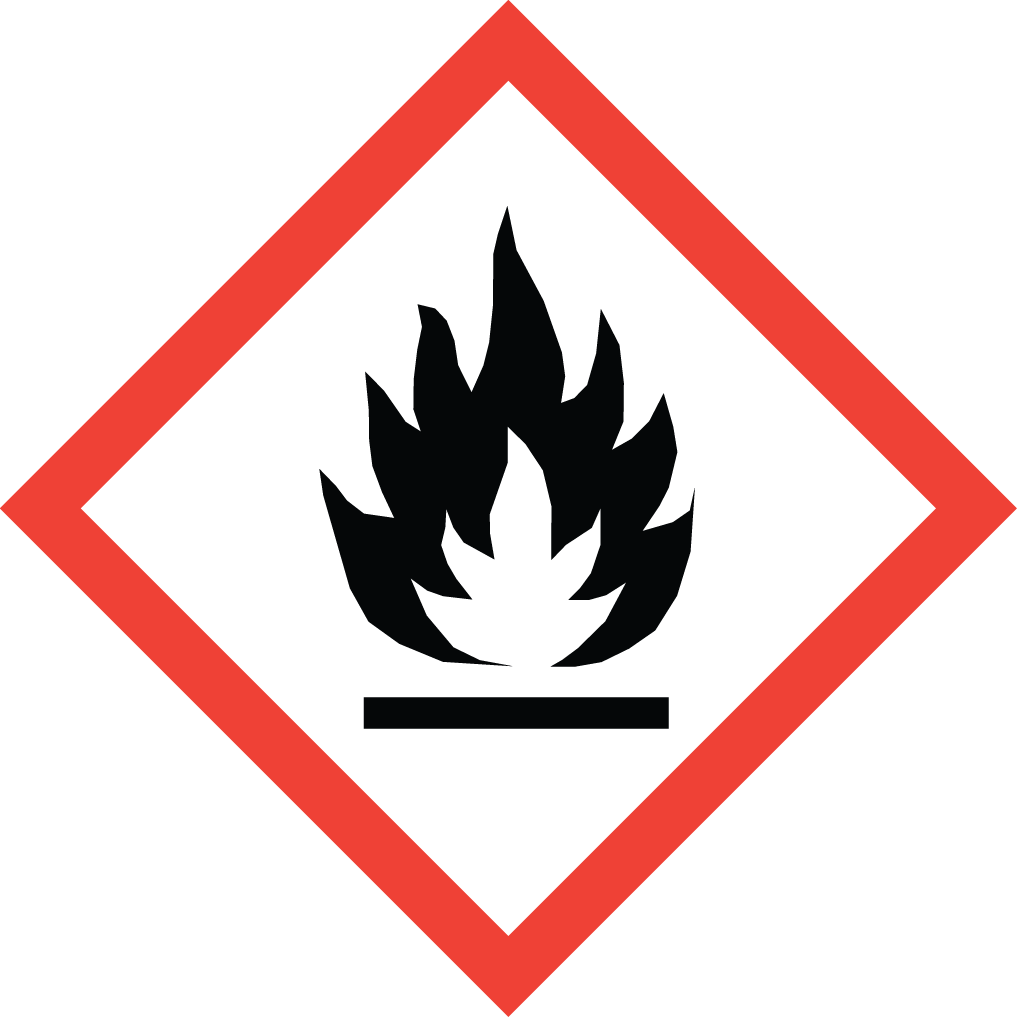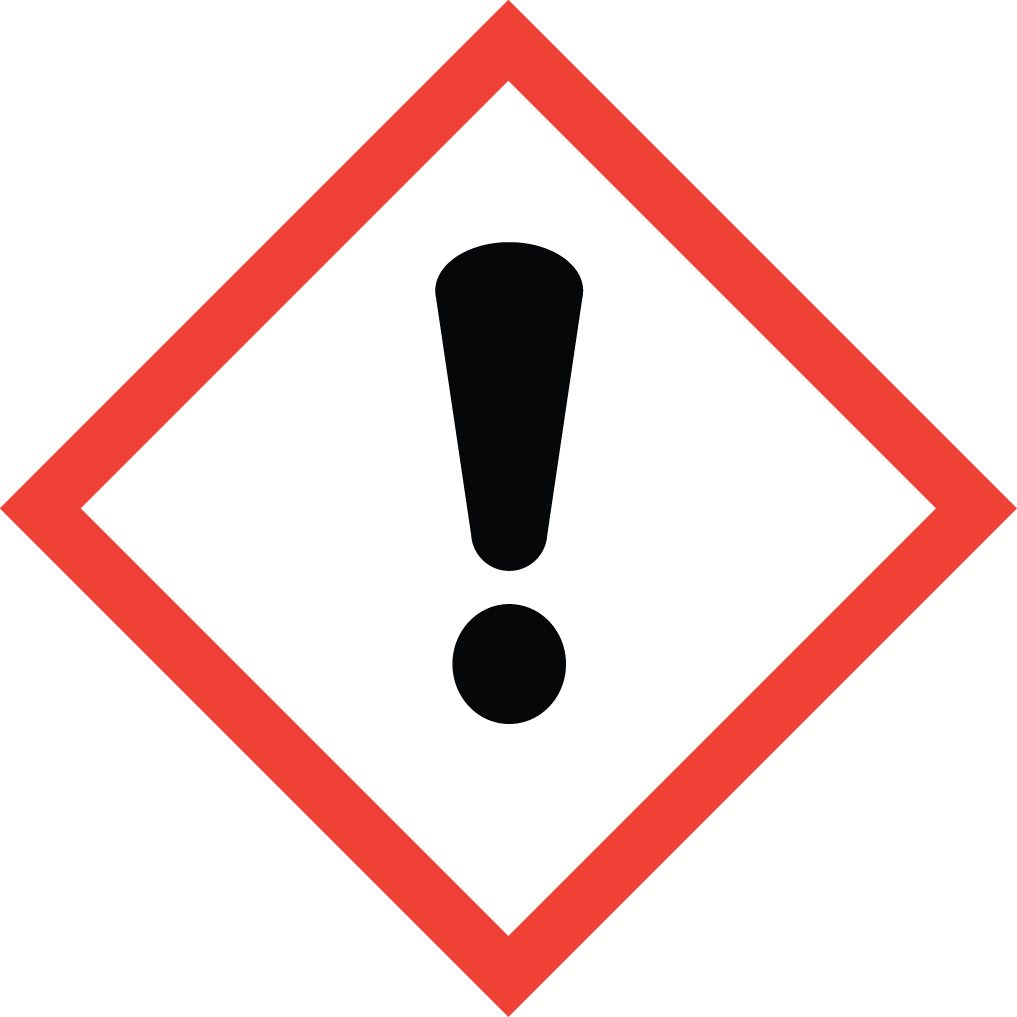High-Quality Dibutyl Ether from Aure Chemical – Your Trusted Source
Aure Chemical is a trusted supplier of Dibutyl Ether, also known as 1,1'-Oxybisbutane or n-Butyl ether. This specialized organic compound is a clear, colorless liquid highly valued for its excellent chemical stability, low water solubility, and high boiling point. It serves as a superior solvent and reaction medium in various demanding chemical processes. We are committed to providing high-purity Dibutyl Ether that meets stringent quality specifications, ensuring reliable and efficient performance for your industrial and laboratory applications.
Basic Information of Dibutyl Ether
Dibutyl Ether (CAS No. 142-96-1) possesses a unique set of physical and chemical properties that make it highly effective in specific applications:
| CAS No.: | 142-96-1 |
|---|
| EC No.: | 205-575-3 |
|---|
| Linear Formula: | C₈H₁₈O |
|---|
| Molecular Weight: | 130.23 |
|---|
| Appearance: | Clear, colorless liquid |
|---|
| Odor: | Characteristic, ether-like |
|---|
| Melting Point: | -95.3 °C |
|---|
| Boiling Point: | 142 °C |
|---|
| Density: | 0.764 g/mL at 25 °C (lit.) |
|---|
| Solubility: | Very low solubility in water (immiscible); miscible with many organic solvents. |
|---|
| Flash Point: | 25 °C |
|---|
| Purity: | Available in high-purity grades suitable for sensitive applications. |
|---|
| RIDADR: | UN 1149 3/PG 2 |
|---|
| Chemical Structure: |  |
|---|
These properties enable Dibutyl Ether to perform exceptionally well as a solvent where a non-polar, high-boiling, and water-insoluble medium is required.
Versatile Applications of Dibutyl Ether
The distinctive characteristics of Aure Chemical's Dibutyl Ether make it highly valuable across numerous specialized industries and chemical processes:
Reaction Solvent: Widely used as a solvent for Grignard reactions, lithium-organic reactions, and other highly moisture-sensitive or air-sensitive syntheses due to its excellent chemical inertness and low water miscibility.
Polymerization Solvent: Employed as a solvent in certain polymerization processes, particularly those involving Ziegler-Natta catalysts.
Extraction Solvent: An effective extraction solvent for oils, fats, waxes, and other non-polar substances in chemical analysis and industrial purification processes.
Specialty Chemical Synthesis: Serves as a reaction medium or solvent in the production of various fine chemicals, pharmaceuticals, and agrochemicals where precise control over reaction conditions is crucial.
Hydraulic Fluids & Lubricants: Can be a component in certain hydraulic fluids or synthetic lubricants due to its thermal stability and low viscosity.
Fuel Additive: In some niche applications, it might be used as a component in specialized fuels.
Why Choose Aure Chemical for Your Dibutyl Ether Supply?
Aure Chemical is dedicated to being your reliable partner for high-quality chemical solutions. When you choose us for your Dibutyl Ether requirements, you benefit from:
Assured Quality: Our Dibutyl Ether is rigorously tested to ensure high purity and consistent performance, meeting or exceeding stringent industry specifications for fine chemicals.
Reliable Supply Chain: We maintain a robust and efficient global supply chain to ensure timely and secure delivery, supporting your continuous research and production needs.
Technical Expertise: Our knowledgeable team is always available to provide comprehensive support and answer any technical questions you may have regarding product application, handling, and safety.
Commitment to Safety & Sustainability: We adhere to strict safety, environmental, and regulatory protocols in all our operations, ensuring responsible sourcing, production, and delivery of our products.
Partner with Aure Chemical for a seamless and dependable supply of Dibutyl Ether. We are ready to assist you in finding the perfect solution for your specific application requirements.
html
Hazards Classification
GHS Classification: Flammable Liquid (GHS02), Irritant (GHS07), Environmental Hazard (GHS09)
Hazard Statements: Highly flammable liquid and vapor (H225); May cause respiratory irritation (H335); Harmful if swallowed (H302); Toxic to aquatic life with long lasting effects (H411).
UN Number: UN 1149
Hazard Class: 3 (Flammable Liquids)
Packing Group: II
 GHS02: Flammable
GHS02: Flammable GHS07: Irritant
GHS07: Irritant GHS09: Environmental hazard
GHS09: Environmental hazard

